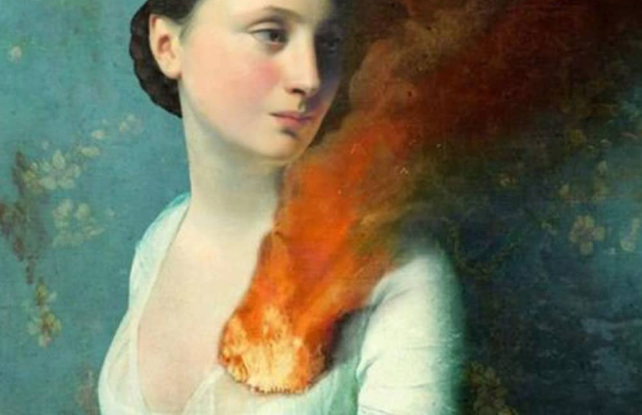The Fire Motif in *Jane Eyre*
The fire motif in Charlotte Brontë’s *Jane Eyre* serves not only as a powerful symbol but also enriches the novel’s themes of passion, transformation, and struggle. Understanding this motif can deepen your appreciation of the characters’ emotional journeys and the societal constraints they face.
The Symbolism of Fire
Throughout *Jane Eyre*, fire symbolizes both destruction and renewal. For instance, when Bertha Mason sets Thornfield Hall ablaze, it represents the culmination of her repressed rage and the chaos erupting from societal constraints that bind her. Conversely, fire also signifies passion and creativity. Jane’s fiery spirit is evident in her defiance against Mr. Rochester when she asserts her independence. This duality in the fire motif illustrates how passions, whether suppressed or expressed, can lead to profound transformation.
The Role of Fire in Jane’s Character Development
Jane Eyre’s character evolves in parallel with the motif of fire. In her early life, fire represents her longing for freedom and identity—qualities stifled by her abusive upbringing. As she matures, the fire within her transforms into a source of strength and courage. For example, her decision to leave Thornfield after learning the truth about Mr. Rochester reflects a burning desire for self-worth and dignity. This journey shows how fire fuels her resilience and ultimately empowers her to embrace her individuality and moral beliefs.
Contrasts with Other Characters
The fire motif also illuminates the contrasting personalities of other characters, particularly Mr. Rochester and Bertha Mason. Bertha embodies a fiery destructiveness that ultimately consumes her, symbolizing the dangers of unchecked passion. In contrast, Rochester initially appears as a man of strong emotions, yet his struggle to balance love and societal expectations creates a tension that is distinct from Bertha’s chaos. The interplay of their fiery traits offers a rich commentary on how passion can elevate or destroy, serving to develop the narrative’s central conflicts.
In conclusion, exploring the fire motif in *Jane Eyre* provides valuable insights into the characters’ complexities and the broader themes of the novel. As you delve deeper into this literary work, consider how fire manifests in various ways and shapes the characters’ fates. Whether it’s through passion, destruction, or rebirth, fire remains a vital force that drives the narrative. If you found this analysis intriguing, I encourage you to reflect further on how symbols in literature can enhance our understanding of the human experience.
